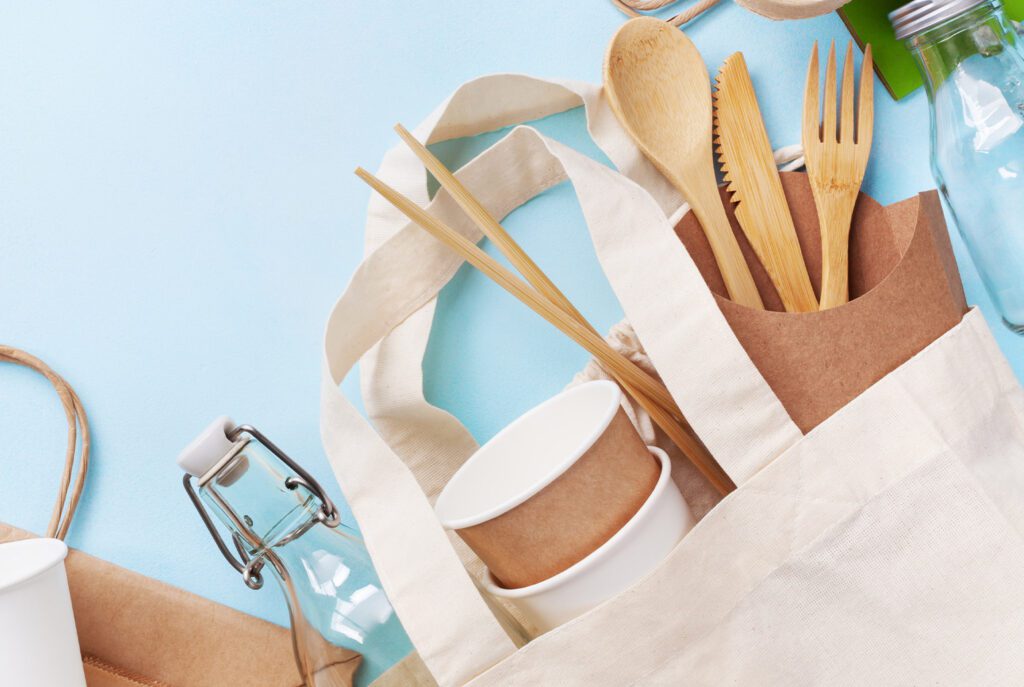Companies in all industries are making shifts towards becoming more sustainable and reducing their environmental footprint. With businesses like Amazon challenging CPG brands to have “Frustration-Free Packaging,” companies are getting one step closer to an eco-friendly product line. From large, traditional brands like Nestle to new and emerging brands, all are working towards meeting consumer needs while reducing waste. With higher consumer demand for better-for-you and eco-friendly products, brands must consider a sustainable design method to stay competitive.

Manufacturing:
There are many steps that go into the manufacturing process of a product and examining each step will give you insight into how to make improvements. To start off, look at your energy consumption and participate in energy audits so that your usage is top of mind. Older machinery and tools are known to use a great deal of energy, so consider updating your equipment. Introducing new technology is a way to increase energy efficiency and reduce waste and possible human error.
Packaging:
One of the most common steps a business will take towards sustainability is making its packaging eco-friendly. Consider making your product packaging “green” by reevaluating the material used to package your goods. Some ways to create a sustainably-packaged item is to use eco-friendly fibers and recyclable material. Adopting a sustainable sourcing method will not only help reduce operating costs but will help capture a larger market share base.
Transportation:
Transportation is a necessity when selling a product or good but can be detrimental to the environment. To minimize your environmental impact, consider using less harmful methods of transportation. Distribution by road and air have an increased impact on carbon dioxide production compared to sea and rail transportation methods. Consolidate your transportation plans to not only minimize the effects but also to lower costs. Sourcing locally can also minimize transportation distances.
Use & Disposal:
Make your product multi-use whether it’s the product itself, or its packaging. Showcasing the various uses with your packaging can push consumers to purchase your brand over competitors. For example, if you are a yogurt company with a single-use cup product, consider adding some ways to re-utilize the cup on the packaging – like turning it into a planter for seedlings. You could even suggest growing certain fruits or vegetables that pair well with your yogurt so they continue to buy more and reuse them.
Several companies are taking the initiative to create more sustainable products for a variety of reasons—from the environmental obligation to rising customer demand. Whether your company has the motive to make the shift or not, it is inevitable that competing brands will create an environmentally friendly product that could shift your loyal customer base. Consider introducing more sustainable products into your distribution to not only maintain your consumers but to grow them.
Not sure where to start?


